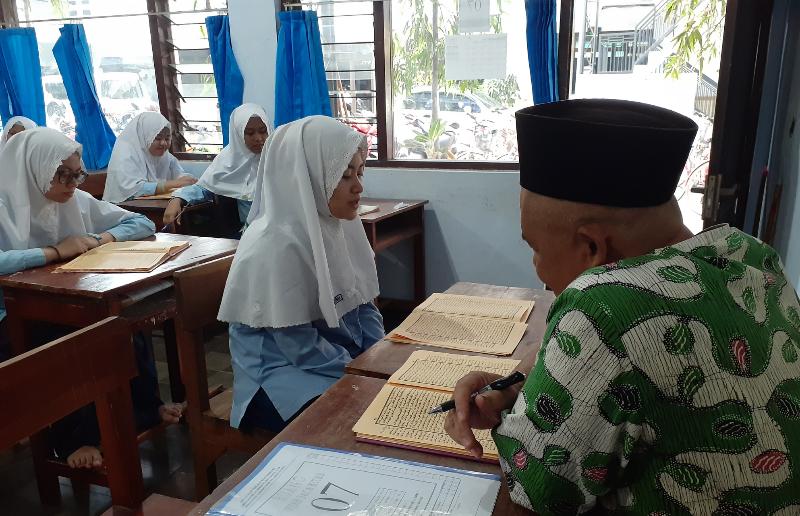In the world of Pesantren, the term ‘kitab kuning’ is a familiar and integral element of daily life. Among the students, it holds a special place, and they are intimately acquainted with it.
Another term for ‘kitab kuning’ is ‘classical texts,’ or it can also be referred to as ‘al-kutub al-qadīmah.’ These texts represent a more profound, extensive, and specific elaboration of the juristic efforts of scholars, distilled from the two primary authoritative sources, namely the Quran and Hadith.

Historically, the name ‘kitab kuning’ stems from classical scholars of the past who transcribed their knowledge onto yellow-colored paper. This was primarily due to the prevalent availability of yellow paper during that era. White paper and other colors were not yet in circulation.
The existence of ‘kitab kuning’ dates back to the 1st and 2nd centuries of the Hijri calendar. To this day, people continue to write these texts on yellow paper to preserve the distinctive identity of ‘kitab kuning.’
As one of the subjects taught to students by their teachers, ‘kitab kuning,’ primarily written in Arabic, is interpreted into the local dialect to facilitate comprehension and learning. Notably, the meanings are written in Arabic script, positioned slightly inclined beneath the pronunciation to fit.
The pedagogical approach in pesantren for using ‘kitab kuning’ involves a blend of listening and writing. This practice, unconsciously, enhances the students’ ability to expand their ‘mufradat’ or Arabic vocabulary. Nevertheless, challenges do arise.
For instance, the antiquity of the local dialect meanings can pose difficulties for modern-day students in grasping their significance. This, however, can be overcome if teachers provide explanations in easily comprehensible language alongside the local dialect interpretations.

